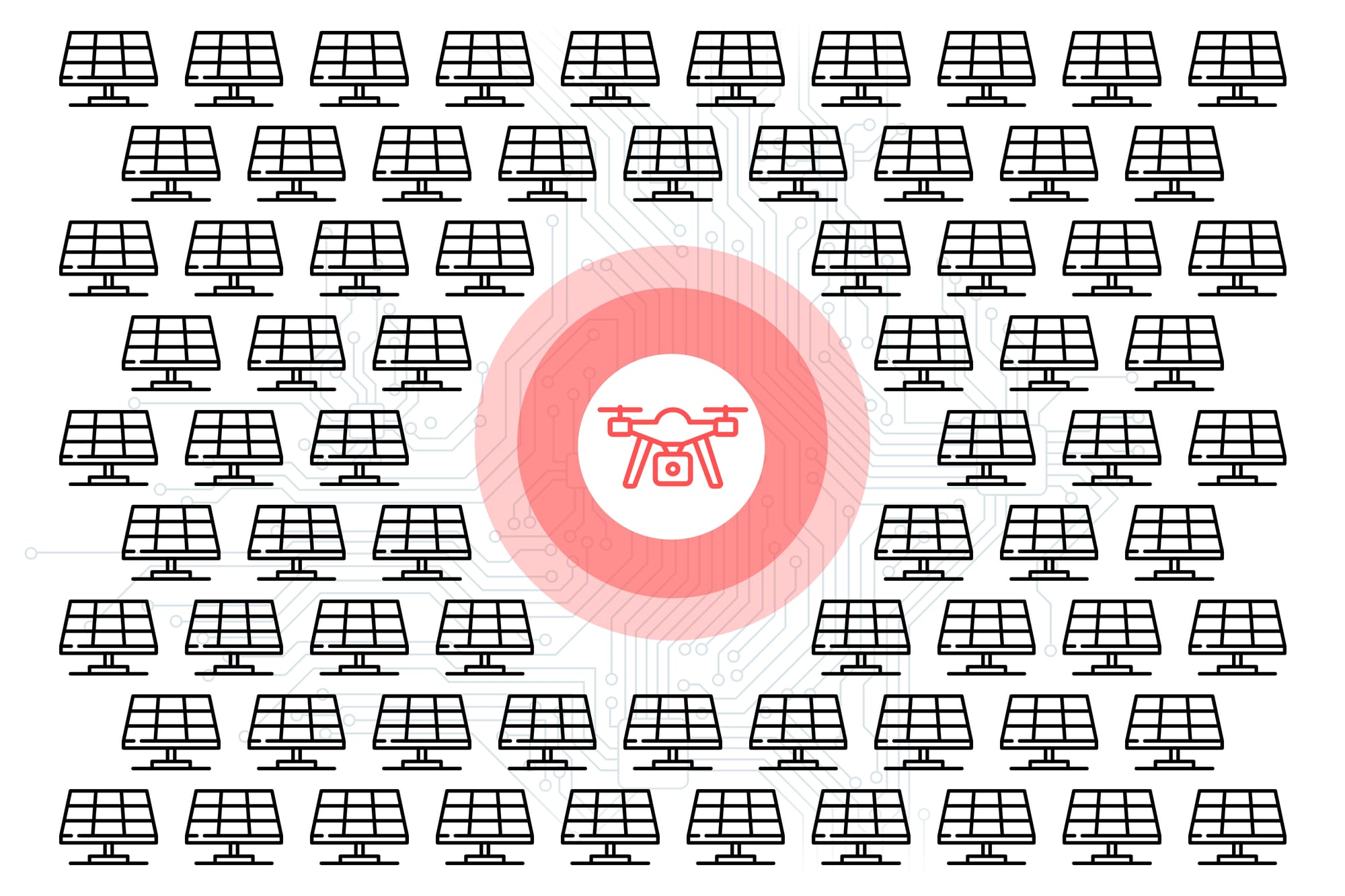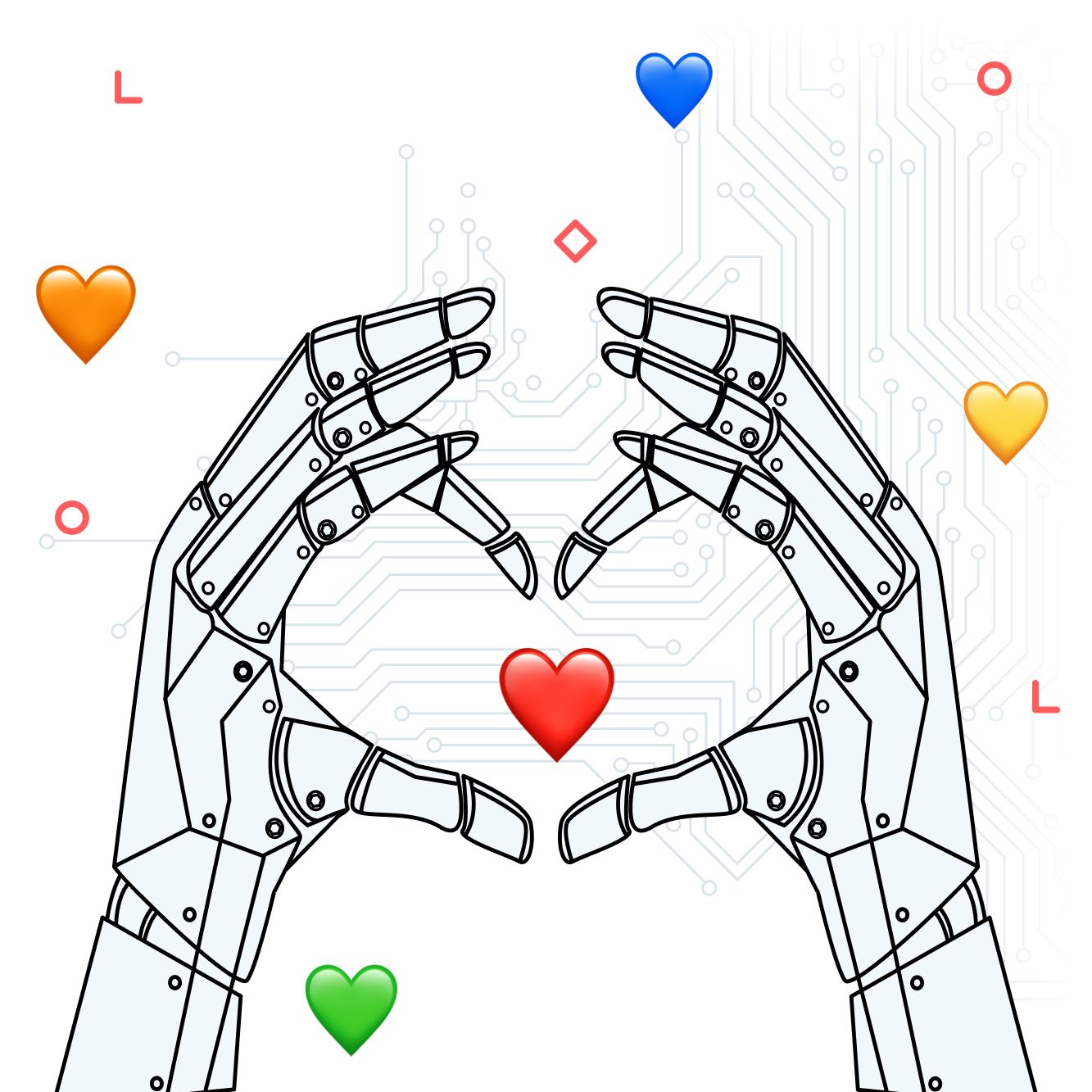Navigating through the multifaceted landscape of Artificial Intelligence (AI) can be daunting, especially with the myriad of specialized terms and acronyms.
Here's a comprehensive yet concise glossary designed to shed light on the most fundamental AI terminologies.
AI (Artificial Intelligence): Beyond the Hollywood portrayals, AI is about replicating human-like cognitive functions in machines. It encompasses learning (gathering and using data), reasoning (drawing conclusions from rules), and even self-correction.
ML (Machine Learning): Think of ML as AI's brainchild. It zeros in on algorithms that empower computers to learn, decide, and predict from provided data.
DL (Deep Learning): An advanced subset of ML. DL dives deep into neural networks, processing data through multiple layers to recognize patterns, much like our brain decodes images or sounds.
Neural Network: Mimicking the brain's structure, it's a system built on nodes (or "neurons"). Instead of being hardcoded, it learns from examples, evolving its understanding over time.
Perceptron: Your introductory step into neural networks, perceptrons can decide if an input belongs to one class or another, laying the groundwork for more intricate networks.
CNN (Convolutional Neural Network): Ever wondered how Facebook tags photos? CNNs excel at recognizing visual patterns in images by analyzing pixel data.
RNN (Recurrent Neural Network): Tailored for sequences like your Spotify playlists or language patterns, RNNs process inputs in a sequence with 'memory' of previous computations.
LSTM (Long Short-Term Memory): An advanced RNN. LSTMs remember patterns over longer sequences, making them great for predicting stock prices or weather patterns.
GAN (Generative Adversarial Network): Conjured up by Ian Goodfellow and team, it's a tug-of-war between two neural networks. While one creates, the other critiques.
Reinforcement Learning: Picture a video game where the character learns from its mistakes, adapting its strategy based on rewards or penalties—it's essentially that.
Supervised Learning: Like a student with a textbook, models learn from a dataset with known results, aiming to predict similar outcomes in new data.
Unsupervised Learning: Here, the model is like an explorer, deciphering hidden patterns in datasets without any pre-defined labels.
Semi-supervised Learning: A blend of the above two, it utilizes both labeled and unlabeled data for a more nuanced learning experience.
Transfer Learning: Why start from scratch? Transfer learning adapts an already trained model for a related task.
NLP (Natural Language Processing): Making Siri or Alexa understand and respond to you is the magic of NLP—it bridges human language and machine understanding.
Computer Vision: Equipping machines with an 'eye', it enables them to analyze and react to visuals, whether it's facial recognition or analyzing X-rays.
Grasping these foundational terms is your ticket to delving deeper into AI's vast universe. This glossary is your trusty compass, guiding both novices and seasoned tech aficionados through the intricate corridors of AI with clarity and ease.





